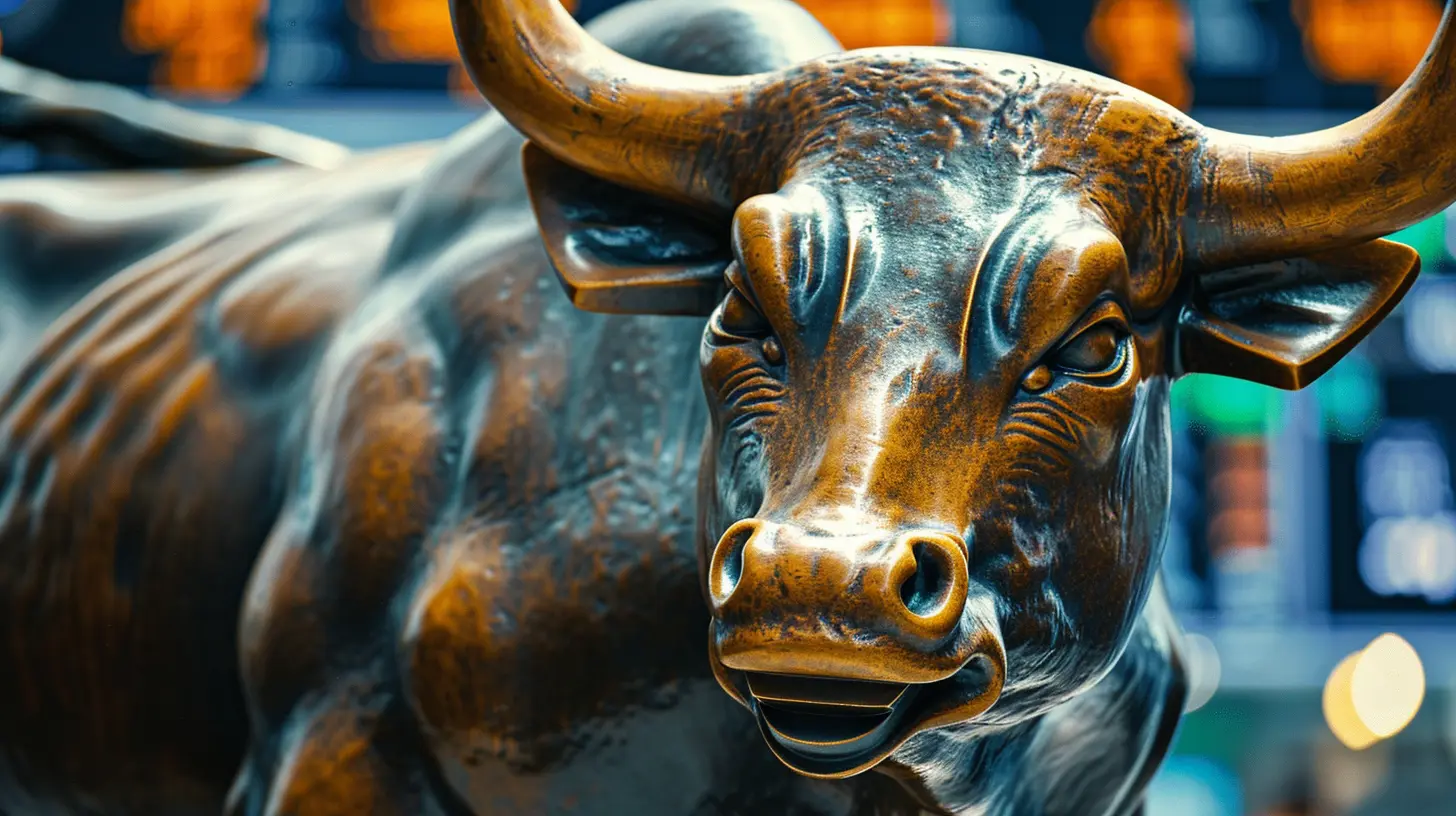How Consumer Sentiment Impacts Market Trends
1 June 2025
Consumer sentiment is like the heartbeat of the economy. It drives spending, saving, and investing decisions, shaping financial markets in ways analysts and investors constantly monitor. But how exactly does consumer confidence influence market trends? And why should businesses, investors, and policymakers care?
Let’s break it down in simple terms.

What Is Consumer Sentiment?
Consumer sentiment reflects how people feel about the economy, their financial situation, and future expectations. It’s measured through surveys, like the University of Michigan Consumer Sentiment Index (UMCSI) or the Conference Board Consumer Confidence Index (CCI).These surveys ask consumers about:
- Their current financial condition
- Their expectations for the economy
- Their willingness to make big purchases
When people feel good about their finances, they spend more. When they’re worried, they tighten their wallets. And that ripple effect impacts businesses, stock markets, and even government policies.

The Link Between Consumer Sentiment And Market Trends
1. Stock Market Movements
Ever noticed how a gloomy economic outlook can send stocks tumbling? That’s consumer sentiment in action.- Positive sentiment means consumers are optimistic, expect higher incomes, and are more likely to spend. As a result, businesses make more profits, pushing stock prices higher.
- Negative sentiment leads to cautious spending, hurting corporate earnings and dragging down stock prices.
Investors use consumer sentiment as a gauge for market trends. If confidence is high, they expect economic growth and invest more aggressively. If sentiment is low, they brace for downturns.
2. Consumer Spending And Business Performance
Consumer spending makes up nearly 70% of the U.S. GDP. That means when people feel good about the economy, they splurge on vacations, new cars, and homes. Businesses reap the benefits, leading to expansion, higher revenues, and more jobs.On the flip side, low confidence triggers a slowdown. People cut back on non-essential spending, businesses see declining sales, and economic growth slows down.
3. Impact On Inflation And Interest Rates
Consumer sentiment also influences inflation and interest rates.- Higher confidence → More spending → Higher demand → Increased prices → Inflation rises
- Lower confidence → Less spending → Lower demand → Reduced prices → Inflation falls
Central banks like the Federal Reserve monitor consumer sentiment when setting monetary policy. If confidence is low, they might lower interest rates to encourage borrowing and spending. If sentiment is too high, they may raise interest rates to prevent excessive inflation.
4. Housing Market Trends
The real estate market is another area where consumer sentiment plays a crucial role.- When confidence is high, people are more willing to take on mortgages and buy homes, pushing housing prices higher.
- When sentiment drops, buyers hesitate, demand slows, and home prices can decline.
This cycle is especially visible during recessions, when uncertainty drives consumers to hold off on major financial commitments.

What Drives Consumer Sentiment?
Several factors shape how consumers feel about the economy:1. Employment And Wages
A strong job market and rising wages boost confidence. When people feel secure in their jobs and see higher paychecks, they’re more likely to spend freely. High unemployment, however, crushes sentiment and spending.2. Inflation And Cost Of Living
If prices for essentials like food, gas, and housing surge, people start to worry. High inflation reduces purchasing power, making everyday life more expensive and dragging down confidence.3. Stock Market Performance
Many Americans have investments in 401(k) plans, stocks, or mutual funds. A booming stock market makes people feel wealthier, encouraging spending. A market crash does the opposite, leading to cautious financial behavior.4. Geopolitical Events And Economic Crises
Wars, trade tensions, and financial crises can spark fear and uncertainty. When major global events unfold, consumers tend to cut back on discretionary spending, affecting businesses and markets.
How Businesses And Investors Use Consumer Sentiment Data
Understanding consumer confidence gives businesses and investors a competitive edge.- Retailers adjust inventory and marketing strategies based on sentiment trends. If confidence is up, they stock more premium products. If it's down, they focus on discounts and essentials.
- Investors use sentiment data to predict market movements. Bullish sentiment often signals strong earnings, while pessimism can indicate upcoming volatility.
- Policymakers track sentiment to make economic decisions. A sharp decline might prompt stimulus measures to boost spending.
Real-World Example: Consumer Sentiment During The COVID-19 Pandemic
The pandemic gave us a textbook case of how consumer sentiment drives markets.- Early 2020: Fear skyrocketed, sentiment collapsed, and markets crashed as lockdowns began.
- Mid-2020: Government stimulus checks and low interest rates restored some confidence, leading to a stock market recovery.
- 2021-2022: Inflation fears and supply chain issues led to mixed sentiment, fluctuating stock prices, and economic uncertainty.
This cycle proves that consumer emotions and expectations are major forces shaping financial markets.
Final Thoughts
Consumer sentiment is more than just a number—it’s a powerful indicator of where markets are headed. Confidence boosts spending, drives stock markets, and fuels economic growth. Weak sentiment, on the other hand, signals caution, leading to lower spending, slowing markets, and potential downturns.For investors, businesses, and policymakers, staying on top of consumer confidence is essential. It’s a pulse check on the economy, offering clues about future trends and helping make smarter financial decisions.
all images in this post were generated using AI tools
Category:
Market TrendsAuthor:

Uther Graham
Discussion
rate this article
3 comments
Nell McConkey
Great insights on the connection between consumer sentiment and market trends! Understanding these dynamics is crucial for making informed investment decisions. Thank you for sharing!
June 13, 2025 at 3:00 AM

Uther Graham
Thank you for your feedback! I'm glad you found the insights valuable for your investment strategy.
Elowis McVicker
Great insights! Understanding consumer sentiment is crucial for navigating market trends. It’s fascinating how our collective emotions can shape financial landscapes. Keep up the great work!
June 4, 2025 at 4:38 AM

Uther Graham
Thank you! I'm glad you found the insights valuable. Consumer sentiment truly plays a vital role in shaping market dynamics.
Valeris McAuley
Consumer sentiment is a powerful driver of market trends; understanding its nuances can provide valuable insights for informed investment decisions.
June 1, 2025 at 11:50 AM

Uther Graham
Absolutely! Consumer sentiment shapes market trends significantly, and grasping its complexities is key to making informed investment choices.



